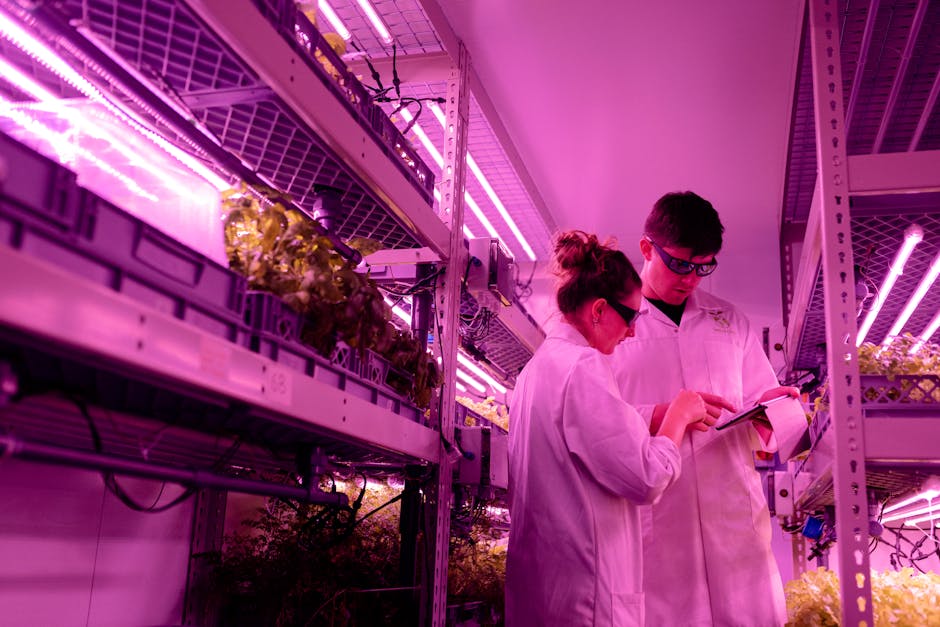In today’s rapidly evolving world, the need for innovative solutions in every aspect of our lives is more crucial than ever. This holds especially true in the realm of animal resources and tools, where advancements can lead to improved welfare, productivity, and sustainability. From agricultural practices to veterinary care, there is a growing demand for cutting-edge technologies and strategies that can enhance the way we interact with and care for animals. In this blog post, we will delve into the exciting developments in this field and explore how unlocking innovative solutions can revolutionize the way we approach animal resources and tools.
One of the key areas where innovation is making a significant impact is in precision agriculture. By leveraging technologies such as GPS, sensors, and data analytics, farmers can now monitor and manage their livestock with unprecedented accuracy. This not only allows for better tracking of animal health and behavior but also enables more efficient resource allocation and decision-making. For example, smart collars equipped with sensors can provide real-time data on an animal’s activity levels, feeding patterns, and even health indicators, allowing farmers to intervene quickly in case of any issues.
Moreover, the use of drones in agriculture has opened up new possibilities for monitoring large herds of animals over vast areas. Drones equipped with thermal imaging cameras can detect anomalies in livestock health, identify potential predators, or even track the spread of diseases. This level of aerial surveillance not only improves animal welfare but also enhances the overall management of resources on the farm.
In the realm of veterinary care, innovative solutions are also transforming the way we diagnose and treat animal health issues. Advances in telemedicine have made it possible for veterinarians to remotely assess and consult on cases, reducing the need for in-person visits and streamlining the care process. This is particularly beneficial in rural areas where access to veterinary services may be limited. Additionally, the development of wearable health monitoring devices for animals, such as smart collars or tags, allows for continuous monitoring of vital signs and early detection of health problems.
When it comes to animal tools and equipment, advancements in material science and design have led to the development of more durable, efficient, and ergonomic solutions. For example, lightweight and ergonomic handling tools are now available to reduce strain and injury risks for both animals and handlers. Similarly, the use of 3D printing technology has enabled the customization of tools and equipment to better suit the specific needs of different animal species.
In order to fully unlock the potential of innovative solutions in animal resources and tools, collaboration and knowledge sharing among stakeholders are essential. This can involve partnerships between technology companies, farmers, veterinarians, researchers, and policymakers to ensure that new technologies are developed and implemented in a way that benefits both animals and humans. By fostering a culture of innovation and openness, we can create a more sustainable and efficient ecosystem for animal care and management.
In conclusion, the field of animal resources and tools is ripe for disruption and transformation through innovative solutions. By embracing new technologies, strategies, and collaborations, we can revolutionize the way we interact with and care for animals, leading to improved welfare, productivity, and sustainability. As we continue to push the boundaries of what is possible, the future looks bright for the relationship between humans and animals, paving the way for a more harmonious and interconnected world.
